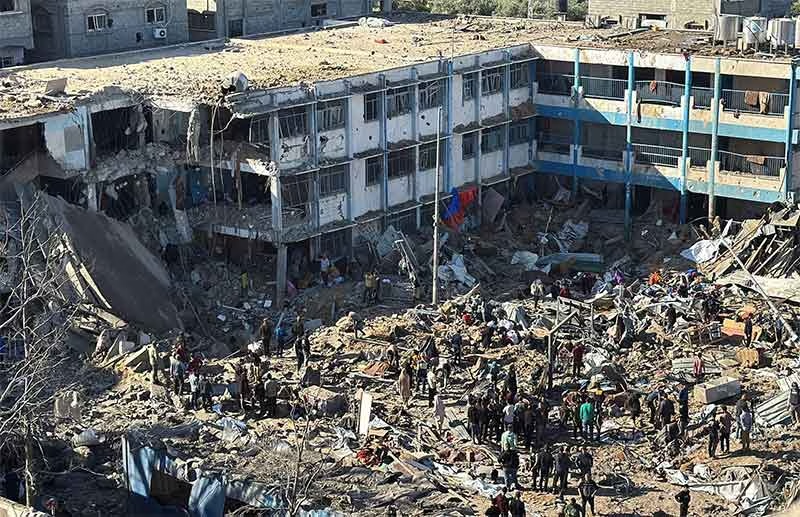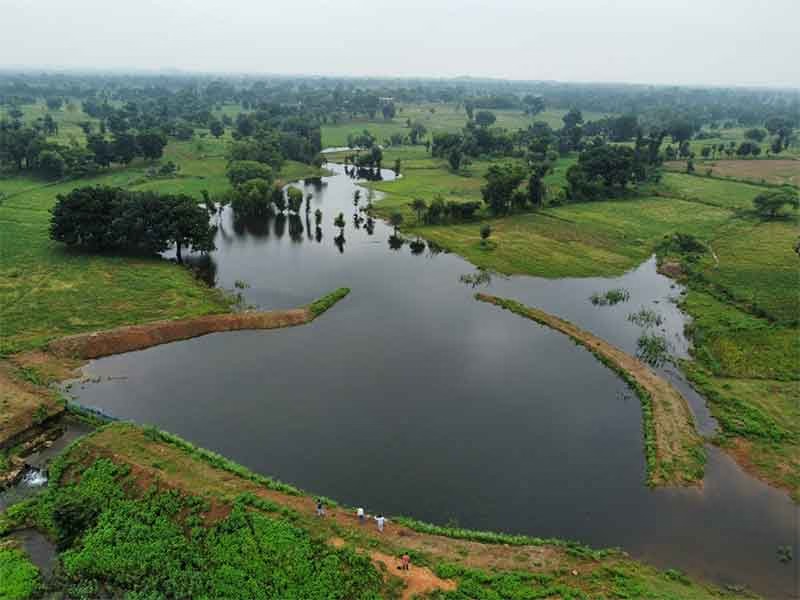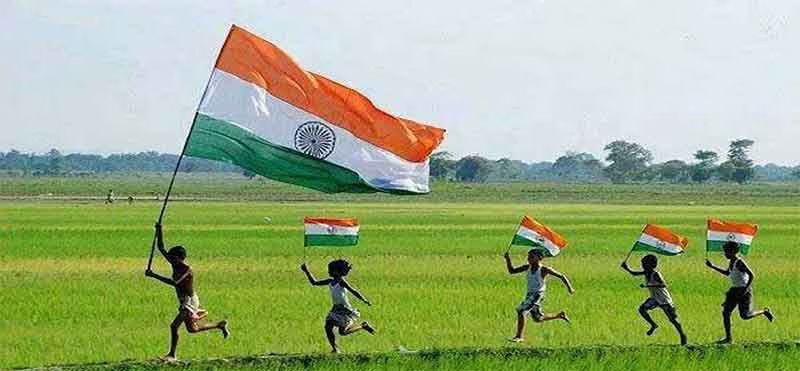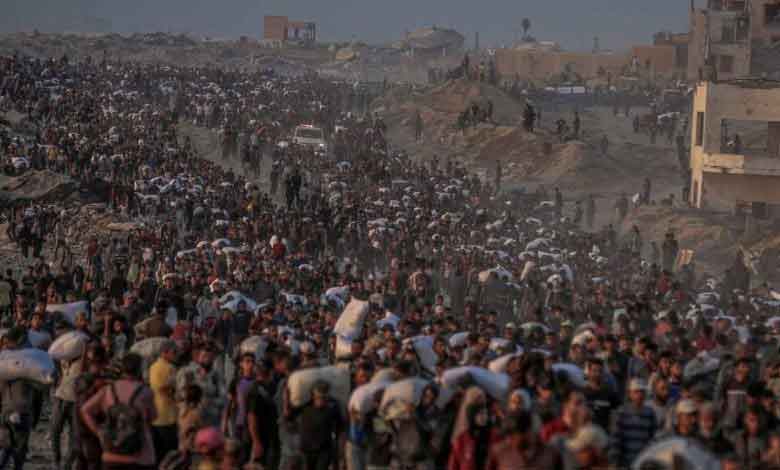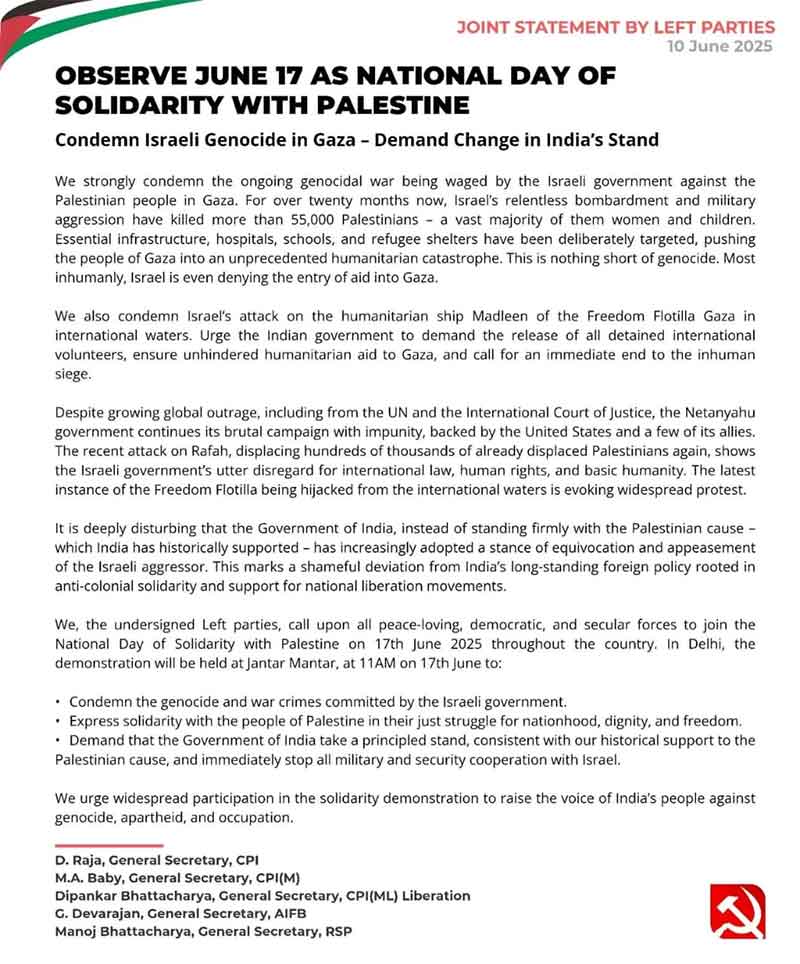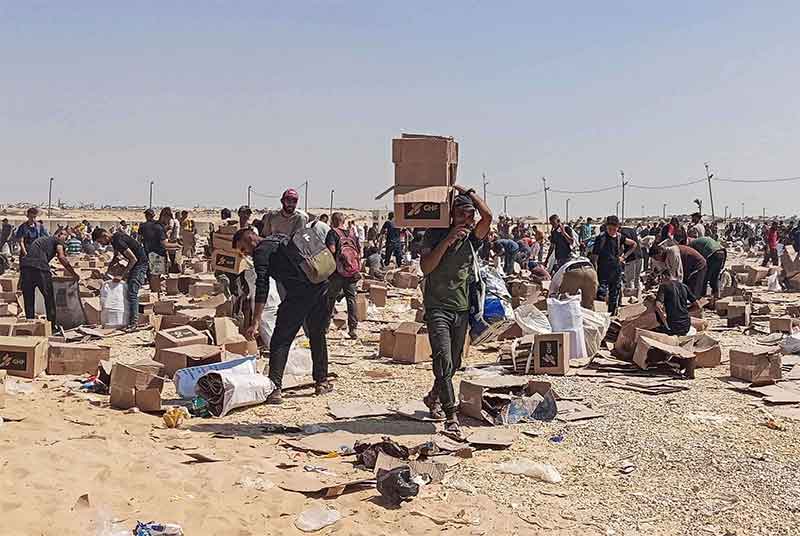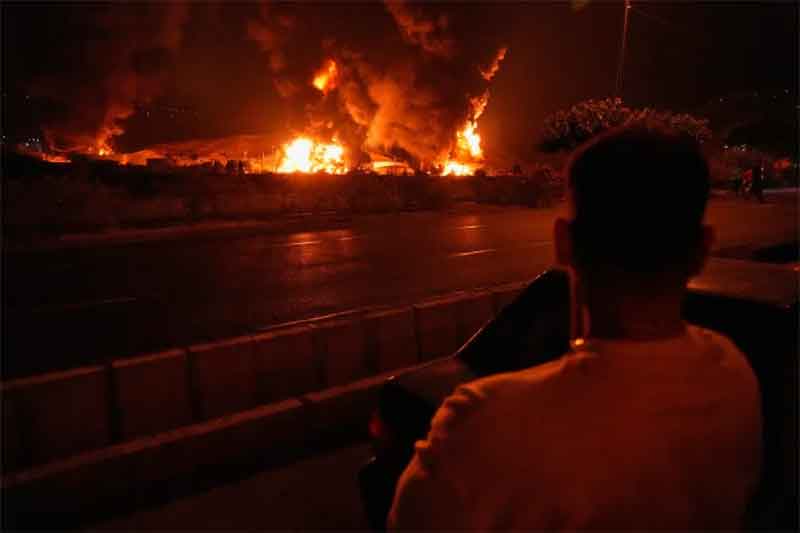
On April 13, India’s Minister for Road Transport and National Highways Mr. Nitin Gadkari stated that India is set to embark on even faster expansion of its highways, on top of the fast expansion of recent times, with substantially enhanced budget of Rs. 10 lakh crore likely to be spent in the next two years (see AIR—All India Radio report dated 13 April, 2025 titled ‘Govt to invest Rs. 10 lakh crore in Highway Development over next two years, with special focus on Northeast—Nitin Gadkari).
However, in order to ensure that this highway expansion avoids several worrying problems seen in the course of rapid highway expansion in the past, the government will have to exercise several precautions so that mistakes made earlier are not repeated.
Highway expansion should avoid harming local people and communities. Care needs to be particularly exercised in the context of Himalayan highways. Here due to tree felling and indiscriminately taken up construction, a lot of environmental harm is frequently being caused at the time of highway construction which extends to communities living in nearby areas. They are harmed in various ways and sometimes their settlements becomes so unstable and exposed to risks like landslides that they may not even be able to survive here.
Care should be taken to minimize the loss of trees. Highway widening and construction has sometimes led to loss of so many trees that on this account alone it is possible to question the justification of these massive investments. Fruit trees, trees providing shade to people and shelter to hundreds of birds and other life forms, trees providing invaluable soil and water conservation have been mercilessly axed without any tears being shed as proper appreciation of the worth of trees simply does not exist in the minds of the big construction companies which have billions of rupees worth of contracts. Even in the most sacred of places on pilgrimage paths, the due concern for protecting trees has not been shown. Even at present there is a big debate on whether efforts to save thousands of threatened trees in Uttarkashi-Gangotri region will be respected or not. Sometimes attempts to imitate the destroyed tree cover are made by just planting some decorative trees, and this can hardly be regarded as adequate.
A large number of people are displaced or their livelihoods are disrupted in the context of highway construction and expansion, and sometimes complaints and disputes relating to compensation and resettlement drag on for years. In the case of those whose livelihoods are disrupted but who being poor and less educated do not have the proper records to assert the right for compensation, they simply face loss of livelihood and sometimes of housing also. Recently I met communities of very poor people, mahadalits like manjhis, living on Gaya—Rajgir Highway, including those in Gehlaur village who are closely associated with Dashrath Manjhi, ‘the mountain man’ who became famous for carving a path between massive mountains. Many of these people face the threat of displacement from highway widening but, as they also told me, they may not have all the documents needed for compensation and rehabilitation.
While several highways are disrupting the existing livelihoods and sometimes even housing of many households, often these are constructed in ways that small-time livelihoods cannot be linked to them.
While a stated aim of highways is to reduce travel time, on new highways in hills often delays are caused by increasing landslides of higher intensity caused by tree-felling and indiscriminate construction work taken up without taking up all precautions needed for constructing roads in hills. Delays are also caused in several places by toll collection.
Highways are also supposed to make roads safer, but a large number of accidents on many highways raise big questions on this claim. Increased landslides make travel more risky on several new hill highways during several months. The easy availability of alcohol very close to highways adds to all the high risks associated with drunken driving. As adequate safe crossings are not available, the local people trying to cross highways in difficult ways face higher chances of being run over.
In fact several local communities complain sometimes that ironically expensive highways sometimes make it more difficult for them to reach neighboring communities due to closure of paths available earlier, and the greater difficulty and risk in crossing highways. Several children may find it more difficult and risky to go to their school.
Impressive statistics on speedy execution of highway projects sometimes hide the shoddiness of some of the construction work. Yesterday on April 13 even as I was listening to the news of the more massive pursuit of highway projects on radio, while sitting in a taxi caught in a traffic jam on a Himalayan highway near a toll station, I had in front of me that day’s Tribune newspaper which carried the sad news that a highway bridge in Kullu (Himachal Pradesh) had collapsed on April 12.
Several such disasters have been reported in the past. It is much better to build slowly but safely, and to maintain the infrastructure more carefully. This is good for the safety of local people, as well of tourists. In Himalayan areas highway expansion and widening has often been justified in the name of tourism but after the felling of so many trees and the nearby greenery, many tourists complain that the cool winds which greeted them when they entered the hills from the plains cannot be experienced anymore.
Subscribe to Our Newsletter
Get the latest CounterCurrents updates delivered straight to your inbox.
It will be much better for the welfare of local people, for sustainability and for environment protection if highway construction is planned keeping in view all these factors. On the other hand, if all such considerations are ignored, then highway construction instead of contributing to welfare of people can even increase discontent and distress among them. The highway planning authorities instead of living in their own world should interact closely with local people so that any complaints and adverse effects can be minimized. Instead of adopting overly centralized, big business centered approach, there should be a decentralized approach in which local people and panchayats and gram sabhas are also consulted and their suggestions with their rich knowledge of local conditions can be obtained for not just minimizing adverse impacts but even for reconsidering some projects and changing their alignment etc. A good beginning in this direction can be made by immediately taking suitable action to save the thousands of threatened deodar trees near Gangotri.
Bharat Dogra is Honorary Convener, Campaign to Save Earth Now. His recent books include Protecting Earth for Children, Planet in Peril, A Day in 2021 and Man over Machine—The Path to Peace.


